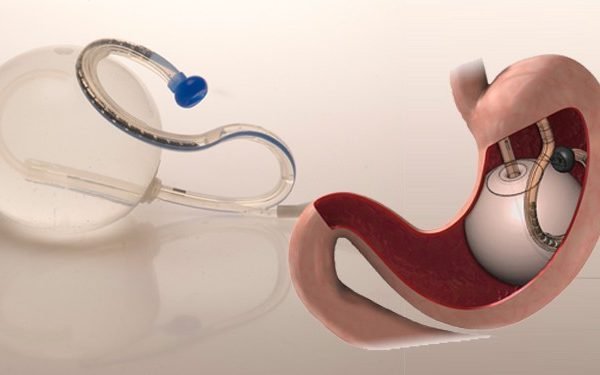Common Mistakes to Avoid When Using a Paint Sprayer
Sprayer
Paint sprayers can be a great way to paint any surface. But if you don’t use them, then they can end up doing more harm than good. Here are some common mistakes to avoid when using a paint sprayer:
Not wearing protective gear:
When using a paint sprayer, it is important to wear safety glasses, a mask, and protective clothing. Not wearing the proper safety gear can lead to paint getting in your eyes or on your skin. It can cause irritation and other health issues.
Not mixing the paint properly:
Paint sprayers need that you mix the paint with a thinner before using. But some people don’t take this step seriously. Failing to mix the paint can lead to uneven coats and runs in your paint job.
Not cleaning the sprayer after use:
Bulldog paint sprayer should be cleaned immediately after use. Any dried paint left inside can cause clogs or air leaks. Make sure to follow all manufacturer instructions. when cleaning your paint sprayer, as improper cleaning can damage the unit.
Not testing the spray:
Before you begin a paint job with your sprayer, make sure to test it out on some scrap material. This will allow you to adjust the settings and get a feel for how the paint is being applied before applying it to your project.
Not covering nearby surfaces:
Paint sprayers can spread overspray onto nearby surfaces, so make sure to cover anything in the vicinity that you don’t want to be painted. This includes furniture, flooring, and any other items that might get covered in paint.
Not maintaining proper pressure:
Paint sprayers need a certain amount of pressure to apply the paint. If too much pressure is applied, it can lead to runs or splatters in your paint job. Make sure to set the pressure before beginning your project.
Not keeping the sprayer moving:
When using a bulldog paint sprayer, it is important to keep the nozzle in motion at all times. This will help prevent runs or splatters by ensuring that an even coat of paint is applied.
Not using enough coats of paint:
Paint jobs done with a sprayer tend to require more coats than those done with a brush or roller. Make sure to apply enough coats of paint so that the surface is completely covered and no bare spots remain.
By avoiding these common mistakes, you can ensure that your paint job turns out looking great every time. With a little bit of practice and patience, you will be able to use a paint sprayer with confidence and achieve professional results.
Types of Paint Sprayers
There are several different types of paint sprayers available, and each type has its own advantages and disadvantages. Here is a brief overview of the types of paint sprayers:
Airless Paint Sprayers:
These sprayers use high pressure to atomize the paint, creating a fine mist that can cover large surfaces. They are ideal for larger jobs and can spray thicker paint than other types of sprayers.
HVLP Paint Sprayers:
High volume low pressure (HVLP) paint sprayers use air to atomize the paint instead of high pressure. This produces less overspray and results in a smoother finish. They are best for smaller jobs and can spray thinner paints than airless sprayers.
Compressed Air Paint Sprayers:
Compressed air sprayers use compressed air to atomize the paint, resulting in a much finer mist than other types of sprayers. They are ideal for detailed work and can produce very precise results.
Electrostatic Spray Guns:
These spray guns are designed to give a more uniform coverage than other types of sprayers. The paint is electrostatically charged. This causes the particles to adhere to any surface it touches. It results in an even and consistent finish.
No matter what type of paint sprayer you choose, make sure to read the instructions. Before using it and always practice with scrap material before beginning your project. With the right technique, you can get great results every time.
Maintenance Tips for Paint Sprayers
Paint sprayers need regular maintenance to keep them working. Here are some tips on how to best maintain your paint sprayer:
- Always follow the manufacturer’s instructions when cleaning and maintaining your paint sprayer.
- Make sure to check the hoses and connections for leaks or clogs.
- Replace any worn or damaged parts immediately.
- Make sure to store your paint sprayer in a dry, dust-free environment.
- Clean the paint filter after every use.
- Flush the device with water and thinner after each use to ensure proper functioning.
- Check all nuts and screws for tightness.
By maintaining your paint sprayer, you can ensure that it works for years to come. Regular maintenance is essential if you want to get the best results every time.




